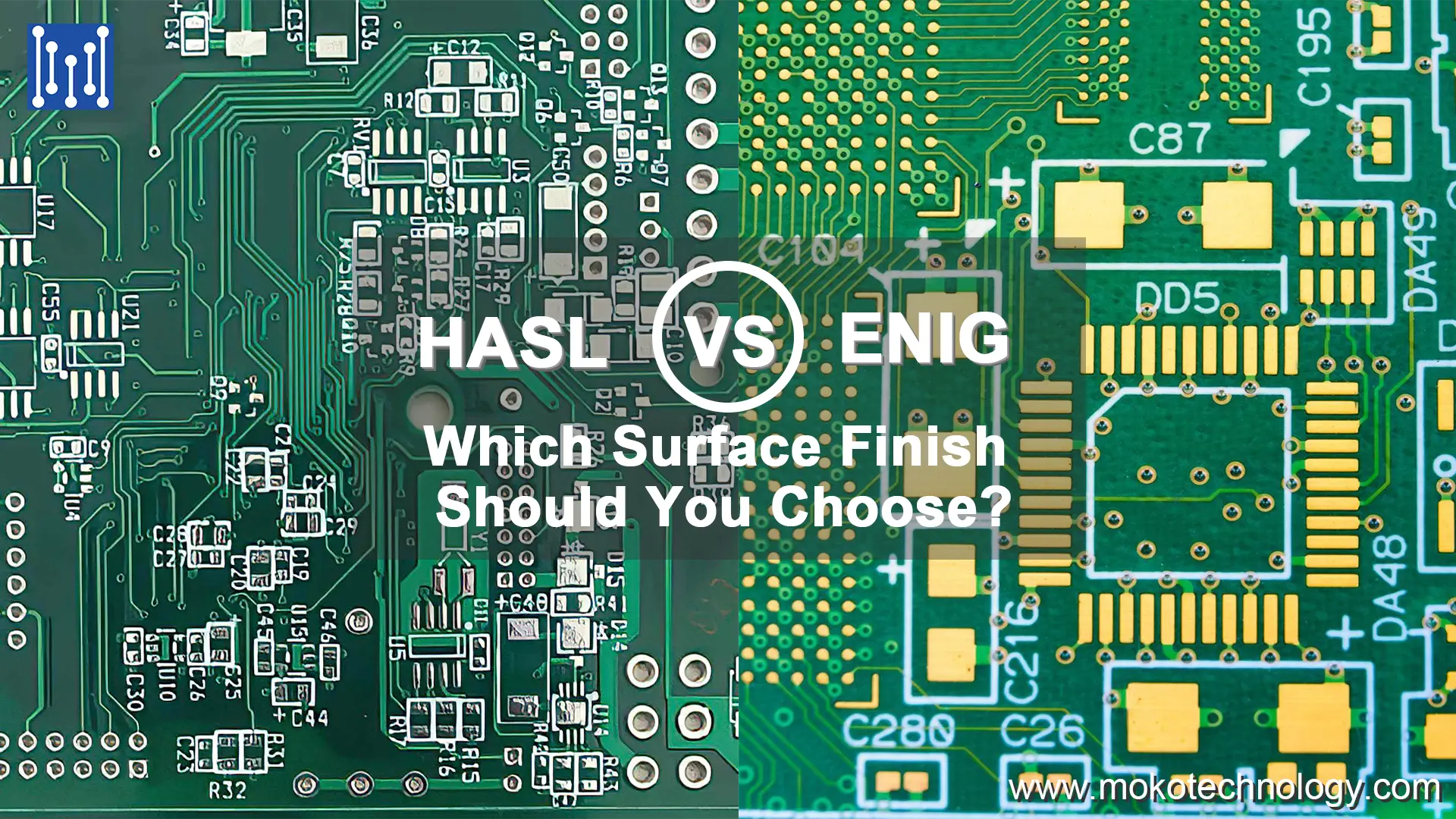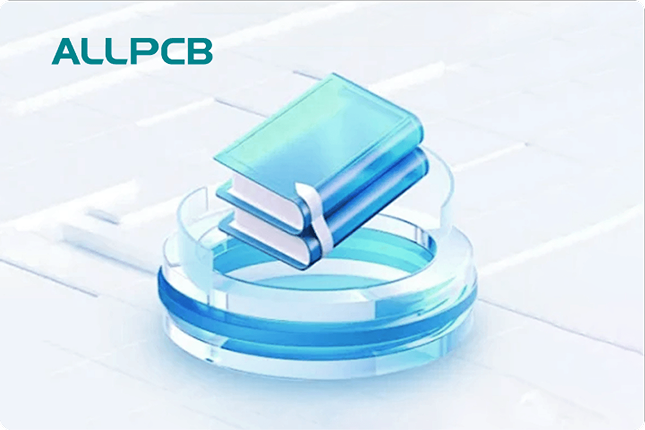In the fast-evolving world of electronics manufacturing, meeting environmental standards is no longer optional—it’s a necessity. One key aspect of this is ensuring that PCB surface finishes like Electroless Nickel Immersion Gold (ENIG) comply with regulations such as the Restriction of Hazardous Substances (RoHS). But what exactly does ENIG RoHS compliance mean, and how does it impact the production of printed circuit boards (PCBs)? In this comprehensive guide, we’ll explore how ENIG aligns with RoHS, the benefits of lead-free ENIG, its environmental impact, and its connection to other directives like Waste Electrical and Electronic Equipment (WEEE). Whether you’re an engineer, designer, or manufacturer, this post will provide actionable insights into creating sustainable, high-quality electronics.
What is ENIG and Why Does RoHS Compliance Matter?
ENIG, or Electroless Nickel Immersion Gold, is a popular surface finish for PCBs. It involves applying a layer of nickel over the copper traces, followed by a thin layer of gold. This finish protects the copper from corrosion, ensures excellent solderability, and supports reliable performance in various applications. But beyond its technical advantages, manufacturers must consider its compliance with environmental standards like RoHS.
RoHS is a directive that restricts the use of specific hazardous materials in electrical and electronic equipment. Originating in the European Union, it has become a global benchmark for sustainable manufacturing. It limits substances like lead, mercury, cadmium, and certain flame retardants, pushing the industry toward safer, eco-friendly alternatives. For PCB finishes like ENIG, RoHS compliance ensures that the materials and processes used do not introduce these harmful substances into the supply chain.
Understanding ENIG RoHS compliance is critical for manufacturers aiming to access global markets, avoid legal penalties, and meet customer demands for sustainable products. Let’s dive deeper into how ENIG aligns with these standards and why it’s a preferred choice for environmentally conscious production.

Breaking Down ENIG RoHS Compliance: What You Need to Know
ENIG RoHS compliance refers to the assurance that the materials and processes used in applying this surface finish adhere to RoHS restrictions. Specifically, it means that the ENIG process avoids the use of restricted substances like lead in its formulation. Lead, once common in soldering and finishes, poses significant health and environmental risks, which is why RoHS mandates its elimination in most electronics.
In a typical ENIG process, a layer of nickel (3-6 micrometers thick) is deposited electrolessly on the copper, followed by a thin gold layer (0.05-0.1 micrometers) via immersion. Neither of these layers inherently contains lead or other restricted substances under RoHS, making ENIG a naturally compliant option when paired with lead-free soldering techniques. However, manufacturers must ensure that the chemicals used in the plating baths and the overall production process also meet RoHS standards. This includes verifying that suppliers provide RoHS-compliant raw materials and that no cross-contamination occurs during manufacturing.
For engineers and manufacturers, choosing an ENIG finish that meets RoHS requirements offers peace of mind. It not only aligns with legal mandates but also supports the creation of safer products for end users. Additionally, many industries, such as automotive and medical, have strict environmental and safety regulations, making ENIG a go-to choice for compliance.
Lead-Free ENIG: A Cornerstone of Sustainable Electronics
Lead-free ENIG is a direct response to the push for safer electronics under RoHS. Traditional soldering and finishing processes often relied on lead due to its low melting point and reliability. However, lead’s toxicity led to its restriction, prompting the development of lead-free alternatives. ENIG, by design, does not rely on lead in its composition, making it an ideal lead-free PCB finish.
The benefits of lead-free ENIG extend beyond compliance. It offers excellent thermal stability, withstanding multiple reflow cycles during assembly without degrading. This is crucial for modern electronics, where components are often subjected to high temperatures during lead-free soldering processes, which typically occur at 260°C or higher. Additionally, the gold layer in ENIG ensures superior conductivity and minimal signal loss, supporting high-frequency applications where impedance control is vital (e.g., maintaining 50 ohms in RF designs).
By adopting lead-free ENIG, manufacturers contribute to a cleaner environment while maintaining high performance. This finish reduces the risk of hazardous waste entering landfills and minimizes health risks for workers handling electronic components. It’s a win-win for both sustainability and quality.

RoHS Compliant PCB Finish: Why ENIG Stands Out
When selecting a RoHS compliant PCB finish, ENIG often emerges as a top choice due to its unique combination of environmental and performance benefits. Unlike some older finishes like Hot Air Solder Leveling (HASL), which traditionally used lead-based solder, ENIG eliminates the need for such materials. This makes it inherently safer and easier to certify under RoHS guidelines.
ENIG also offers practical advantages for PCB assembly. Its flat surface finish ensures consistent soldering, reducing defects like bridging or insufficient wetting. This is particularly important for fine-pitch components, where precision is critical. Furthermore, ENIG’s durability—resisting oxidation for up to 12 months in storage—makes it suitable for long-term projects without compromising quality.
From a compliance perspective, using a RoHS compliant PCB finish like ENIG helps manufacturers streamline certification processes. Many testing agencies recognize ENIG as a standard-compliant finish, reducing the need for extensive material declarations or additional testing. This saves time and resources while ensuring that products meet market entry requirements worldwide.
ENIG Environmental Impact: A Closer Look at Sustainability
Evaluating the ENIG environmental impact requires examining both its benefits and potential challenges. On the positive side, ENIG supports sustainability by avoiding hazardous substances restricted under RoHS. Its lead-free nature reduces toxic waste, and the long lifespan of ENIG-finished PCBs minimizes the need for frequent replacements, further cutting down on electronic waste.
However, the ENIG process isn’t without environmental considerations. The chemical baths used in electroless nickel plating and gold immersion involve materials that, if not managed properly, can pose risks. For instance, wastewater from plating processes may contain heavy metals or other pollutants if not treated correctly. Responsible manufacturers mitigate this by implementing strict waste management protocols, recycling chemicals where possible, and adhering to environmental regulations beyond just RoHS.
Additionally, the energy consumption associated with ENIG application can contribute to a larger carbon footprint if not optimized. Forward-thinking companies address this by adopting energy-efficient equipment and renewable energy sources in their facilities. For engineers and buyers, partnering with manufacturers who prioritize eco-friendly practices is key to minimizing the ENIG environmental impact.

ENIG and WEEE: Aligning with Broader Environmental Directives
Beyond RoHS, another critical regulation in electronics manufacturing is the Waste Electrical and Electronic Equipment (WEEE) directive. WEEE focuses on the proper disposal, recycling, and recovery of electronic waste to prevent environmental harm. So, how do ENIG and WEEE connect, and why should manufacturers care?
ENIG-finished PCBs contribute to WEEE goals by being durable and recyclable. The nickel and gold layers do not introduce hazardous substances that complicate recycling processes, unlike some finishes that may contain restricted materials. This aligns with WEEE’s emphasis on designing products that are easier to recycle at the end of their lifecycle. Moreover, the longevity of ENIG reduces the frequency of disposal, supporting WEEE’s aim to minimize e-waste volume.
For manufacturers, understanding the relationship between ENIG and WEEE is essential for full compliance with environmental standards. WEEE often works in tandem with RoHS, as both directives aim to create a sustainable electronics ecosystem. By using ENIG, companies can address requirements from both regulations simultaneously, ensuring that their products are not only safe to produce but also manageable at the end of life.
Benefits of Choosing ENIG for RoHS and WEEE Compliance
Opting for ENIG as a PCB finish offers numerous advantages for meeting environmental standards. Here are some key benefits:
- Seamless RoHS Compliance: ENIG’s lead-free composition aligns directly with RoHS restrictions, simplifying certification and market access.
- Support for WEEE Goals: Its durability and recyclability reduce e-waste and facilitate responsible disposal under WEEE guidelines.
- High Reliability: ENIG withstands harsh conditions, with corrosion resistance ensuring signal integrity over time (e.g., maintaining low signal loss in 5G applications).
- Versatility: Suitable for a wide range of applications, from consumer electronics to industrial systems, without compromising on environmental safety.
These benefits make ENIG a strategic choice for manufacturers looking to balance performance with sustainability. It’s a solution that meets both technical and regulatory demands in today’s competitive landscape.
Challenges and Considerations in Implementing ENIG
While ENIG offers many advantages, there are challenges to consider. The process can be more expensive than other finishes due to the cost of gold and the complexity of the plating process. For high-volume production, this cost can add up, requiring careful budgeting. Additionally, the “black pad” phenomenon—a defect where nickel corrodes under the gold layer—can occur if the process isn’t tightly controlled, leading to soldering failures.
Manufacturers must also ensure that their ENIG processes are consistently monitored for environmental compliance. This includes regular audits of chemical usage and waste disposal practices to avoid unintended violations of RoHS or WEEE standards. Partnering with experienced providers who prioritize quality control and sustainability can help mitigate these risks.
How to Ensure Your PCBs Meet Environmental Standards with ENIG
For engineers and manufacturers, taking proactive steps ensures that ENIG-finished PCBs comply with environmental standards. Start by verifying that all materials used in the ENIG process are RoHS-certified, including plating chemicals and substrates. Request documentation from suppliers to confirm compliance. Next, implement rigorous quality checks to prevent defects like black pad, which can compromise both performance and sustainability.
Additionally, collaborate with manufacturing partners who adhere to eco-friendly practices. Look for facilities that recycle waste, use energy-efficient processes, and comply with both RoHS and WEEE directives. Finally, stay updated on evolving regulations, as environmental standards can change, impacting compliance requirements.
Conclusion: Embracing ENIG for a Sustainable Future in Electronics
In the realm of electronics manufacturing, aligning with environmental standards like RoHS and WEEE is essential for both legal compliance and ethical responsibility. ENIG stands out as a reliable, lead-free PCB finish that meets these demands while delivering top-tier performance. Its compatibility with RoHS, minimal environmental impact when managed responsibly, and alignment with WEEE goals make it a cornerstone of sustainable production.
By choosing ENIG, manufacturers can create high-quality, durable electronics that contribute to a cleaner, safer world. Whether you’re designing cutting-edge consumer devices or robust industrial systems, this surface finish offers the assurance of compliance without sacrificing reliability. As the industry continues to prioritize sustainability, ENIG will remain a vital tool for meeting the challenges of tomorrow’s environmental standards.
 ALLPCB
ALLPCB







